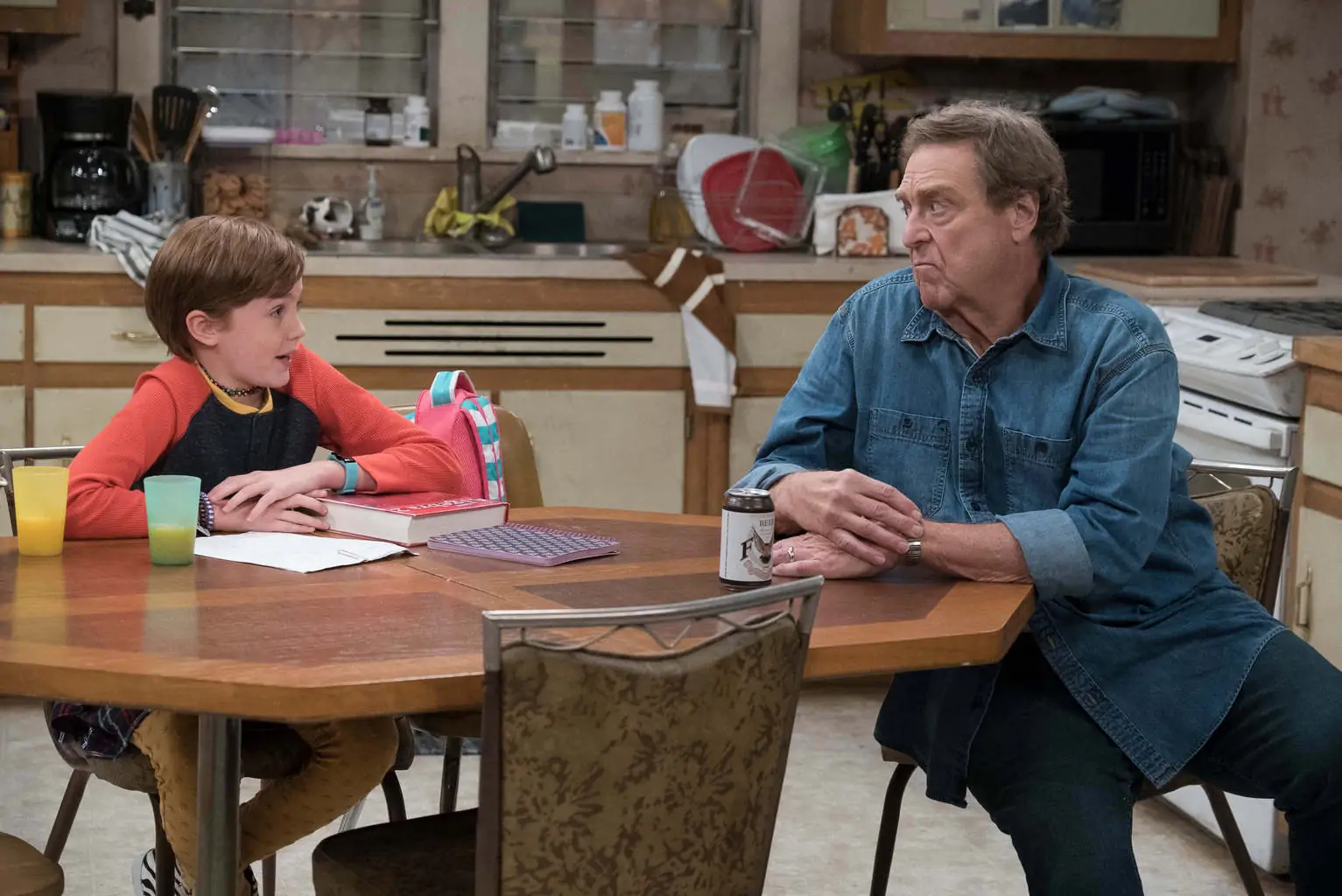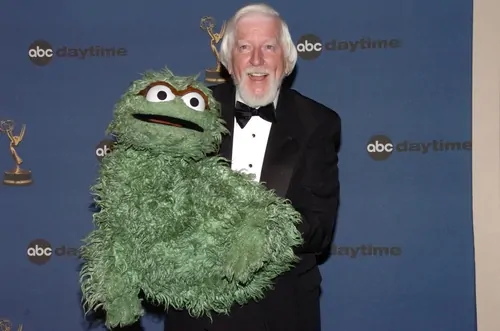
This review isn’t going to mess around: Roseanne Barr deserved to be fired from Roseanne. Her racist tweets against Obama adviser Valerie Jarrett (she wrote: if the “muslim brotherhood & planent of the apes had a baby=vj”) were appalling, offensive and, as ABC entertainment president Channing Dungey said in May, “inconsistent with [ABC] values.”
Even so, the network’s move to fire Barr was surprising in a period infamous for being too forgiving of powerful celebrities. Roseanne‘s comeback season enjoyed monster ratings and solid critical acclaim (we wrote its unique politics and counter-cultural stances were worth historical analysis), and there was certainly a more profitable path forward for ABC than for them to fire the show’s most important player. Nonetheless, they cut Barr out and ventured forth with a spin-off to the revival: The Conners. The show premiered last night.
The Conners is quite literally Roseanne without Roseanne. The rest of the cast is still here, and the show hops along to the same comedic beats as its predecessor. If you enjoyed that sitcom, or old-school sitcoms in general, you’ll find The Conners just as funny, comforting and delightfully abrasive in its shameless working-class politics. This is a fine show. John Goodman returns in fine form in particular, and Laurie Metcalf remains a treasure.
Of course, the real point of conversation following the premiere is how The Conners treated the departure of Barr within the show itself. Admirably, and perhaps expectedly given the team here, the show isn’t shy about its notable absence. Most of The Conners‘ premiere follows the family as they deal with the loss of their matriarch. John Goodman badgers and sighs his way through a proud rendition of the grief process (though he has striking moments of defeat, too), Laurie Metcalf fusses about trying to hold things together and the subsequent generations ask hard questions. The episode is as wide a look at the grief spectrum as you might expect from a traditional sitcom.
The plot specifics of how Roseanne dies on The Conners are given with little fanfare: Roseanne overdosed on opioids. It feels fitting with her character and fitting with the show’s socioeconomic context. It’s not out-of-left-field or melodramatic or zany, either. As the family works to pick up the pieces, they find numerous pill stashes around the house, and Goodman’s character is given a key subplot in which he confronts the woman who might have enabled his late wife’s addiction.
This isn’t a soapy story of moral corruption, however. The Conners is firm: Roseanne was an addict. In facing that uncomfortable truth, Goodman is handed some of the most demanding work of the episode, and he rises to the challenge. His wife was struggling and he couldn’t tell. It leaves him in a fraught place. It’s tough enough to see someone you love waste away, but it’s worse to realize they’ve wasted away entirely before you even noticed.
So for The Conners as a show, the episode becomes an experiment in trying to pick up where you left off when the point you left off isn’t what you thought. The characters here feel like they had a grip on who their matriarch was, but of course, they didn’t, so just hitting the play button on this story again isn’t going to cut it. At the same time, you can’t reset the system, and that’s something The Conners is smart not to do and these characters learn to avoid. These people have to reckon with the past and use it to inform how they move forward. Audiences for both Roseanne and The Conners have to do the same.
The Conners was well-watched, though not at the same industry-shaking rate as the Roseanne premiere (projections weren’t that optimistic anyway). The premiere’s ratings held steady with the finale of Roseanne‘s comeback season, and that indicates there’s still a felt need for this show and its particular heartland-steady beats. This is still the sitcom you grew up with and the sitcom your parents loved and the sitcom that stirs the pot and provokes feisty backlash and even feistier support. The show wisely isn’t asking you to forget Roseanne—and you shouldn’t, for many reasons—but it’s also asking you to move ahead alongside it. A lot of people are still willing to do that, and that’s a good thing.
The end of The Conners’ premiere is its best moment. The family gathers around their famous kitchen table, as usual, to banter and argue and tease and, if you’re Goodman, steal sausages when nobody’s looking. The camera settles into that familiar opening-credits circular pan, and as the viewer, you’re home again. A lot has changed in the world outside this house, but the faces around the table haven’t. These people might be a little different on the inside now, but so are we, and there’s something about that kitchen that lends comfort and stability. It’s a feeling only classic American television can deliver.
Roseanne was always more than Roseanne, and The Conners proves it. Who would’ve thought this spin-of would feel so complete? It’s the same kitchen, same table, and there’s not a chair missing.






















